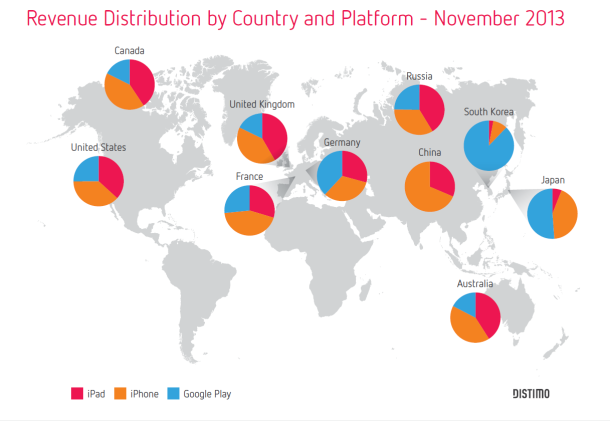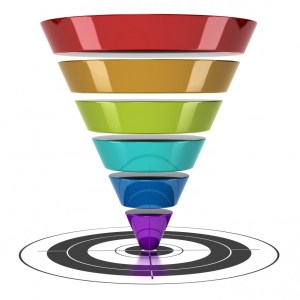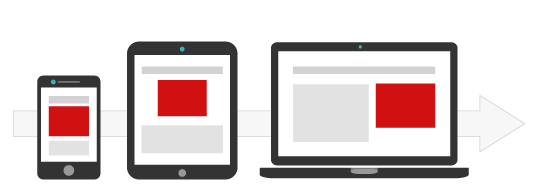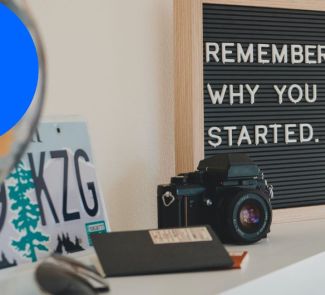Nowadays, any company, large or small, that doesn't want to be left behind, needs a mobile application for its business, but not all companies know whether or not the numbers are good and how to get the most out of their applications.
Lots of SMEs now reach their customers via the Internet and smartphones. But there are also many who have applications but don’t know how to evaluate whether their numbers for downloads, visits and sales are good or bad.
The truth is that obtaining zero profit (the point at which income equals expenses) is quite easy, because nowadays creating your own application can cost about five euros. But it’s no secret that all businesses and entrepreneurs are driven by the motto of “the more people you sell to, the better”, so you need to know how to sell the application, and above all, analyse the behaviour of users once they have downloaded it.

Just as it’s possible to know if customers look at products placed at the entrance to the store, it’s also possible to detect how customers interact with the app, detecting behavioural patterns and discovering what makes it easier or harder for the customer to buy.
How do you do this? With free tools like Google Analytics, which can be found easily on the Internet and that include a simple tutorial for using it. Using these tools, you can define the conversion funnel.
This funnel is nothing more than a set of filters that let you quantify the number of users who carry out each one of the actions that you want to define. So, for example, we can start with the total number of users who have downloaded our application (these are in the wide part of the funnel) and detect how many of them have bought a product (these would be the customers who come out of the narrow end).
The users who have the app but who for different reasons did not make a purchase using it would get stuck somewhere in the middle of the funnel. So what’s involved in creating a conversion funnel? Determining the filters and figuring out whether or not the users pass through them.
How to know whether my application is working well (or not)
Although you can specify whatever criteria you want, there are a few generic filters that can be used for any mobile eCommerce application:
 1- Categories. This filter includes all of the users who enter the app and search for information on products or services (generally through category or sub-category search tabs).
1- Categories. This filter includes all of the users who enter the app and search for information on products or services (generally through category or sub-category search tabs).
2- Products. Once the results have been filtered, the user clicks the product to see all of the information for it. This is the first step before choosing to buy it.
3- Start the checkout process. This includes the users who know what they want, have found it, added it to the shopping cart and are ready to start the checkout process in which they will have to fill out a series of fields and proceed with the payment.
4- Complete the purchase process. This counts how many customers have completed the transaction and are waiting to receive the product.
Once the filters that you want have been configured and set, it’s time to see what happens and look for solutions. So, for example, if you see that lots of users start the checkout process but few of them complete it, it might be because the form that they have to fill out is too long, complicated or unintelligible.
But how do I know which step I’m failing at?
First, seeing whether the percentage of users drops drastically from one filter to the next. Although there are no pre-established figures that can be used as reference, the following generalisations can be used as guidelines:
1- Categories: 80%. This means that eight out of ten users who have downloaded the app search in it using the categories.
2- Products: 60%.More than half of the people who have the application on their phones access the information on the products.
3- Start checkout process: 5%. In other words, one out of twenty users who have downloaded the application will show a real interest in buying something and won’t be afraid to try to do it.
4- Complete the checkout process: 2%. Finally, just two per cent of the customers will complete the process and will pass completely through the funnel. These are the ones who pay and will allow the business to make profits through this new sales channel.









